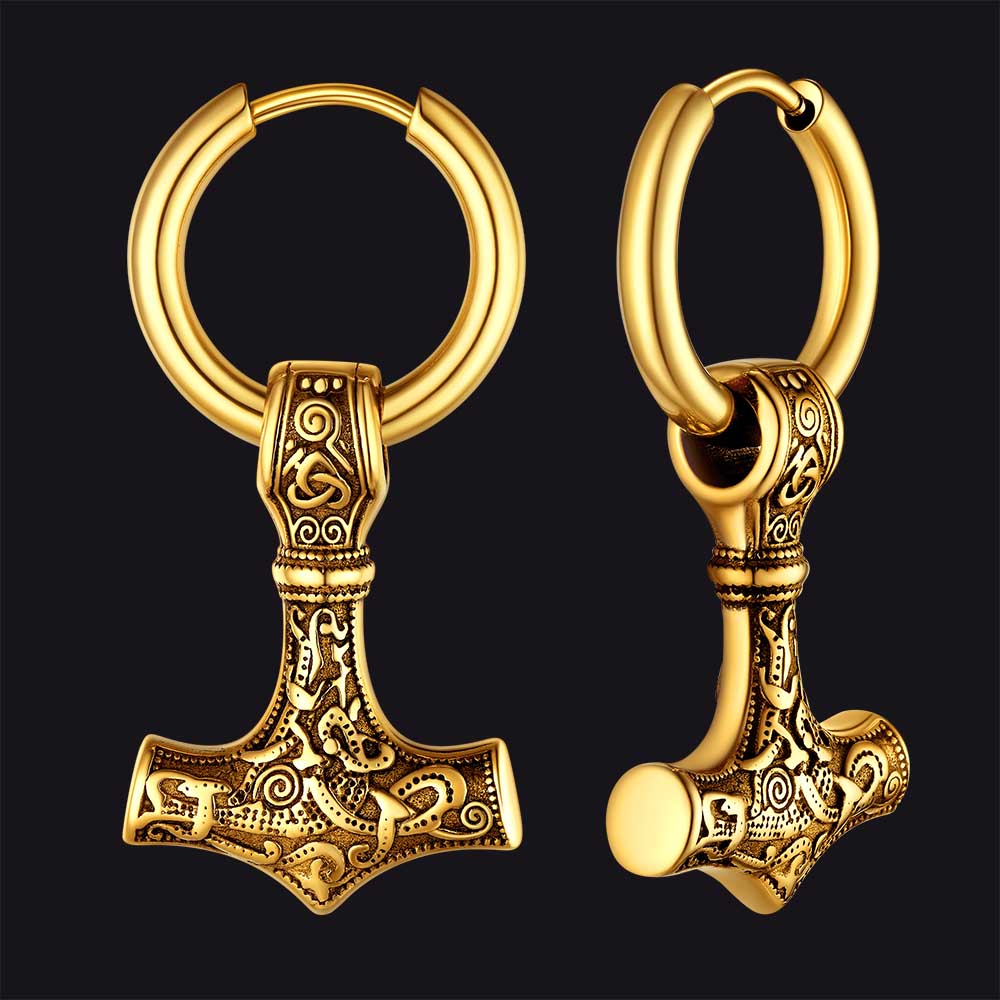Unveiling the Allure of Skull Earrings: A Journey Through History and Culture
Skull earrings have gained significant traction in the world of fashion, transforming from mere symbols of morbidity to chic accessories that exude personality and style. These striking pieces of jewelry, adorned with skull motifs, have become a staple in many wardrobes, appealing to various fashion sensibilities. The allure of skull earrings lies not just in their edgy aesthetic; they also carry a rich historical and cultural significance that dates back centuries. From ancient civilizations that revered skulls as symbols of power and protection to modern interpretations that celebrate individuality and rebellion, skull earrings encapsulate a fascinating blend of artistry and meaning. In this article, we will explore the captivating history, diverse styles, and profound cultural implications of skull earrings, shedding light on why they continue to resonate with so many people today.

The History of Skull Earrings
The origins of skull motifs in jewelry can be traced back to some of the earliest civilizations. In ancient cultures, skulls were often seen as symbols of mortality and the afterlife, serving as reminders of the transient nature of existence. For instance, the Aztecs used skulls in their rituals and art, believing they embodied the spirits of the deceased and represented rebirth. Similarly, Viking warriors adorned themselves with skull motifs, signifying their fierce nature and connection to the afterlife. The infamous pirates of the Caribbean also embraced the skull as a symbol of danger and adventure, often featuring skull designs in their jewelry as a token of rebellion against authority. Over time, skull earrings have evolved, transcending their original connotations to become fashionable statements. From gothic styles to contemporary designs, the journey of skull earrings reflects the changing perceptions surrounding death and individuality throughout history.
The Styles of Skull Earrings
Today, skull earrings come in a myriad of styles, catering to diverse tastes and preferences. They can be crafted from various materials, including metals, plastics, and even natural stones, allowing for unique textures and finishes. Traditional designs often feature intricate engravings and embellishments, showcasing the craftsmanship that goes into creating these pieces. Contemporary styles, on the other hand, may embrace minimalism or bold colors, appealing to a younger audience. Some popular trends in the fashion industry include oversized skull earrings that make a statement, while others opt for dainty studs that offer a subtler nod to the motif. Additionally, skull earrings can be found in various forms, such as dangling earrings, hoops, or studs, each offering a distinct look. The versatility in styles means that skull earrings can seamlessly fit into both casual and formal outfits, making them a beloved accessory for many.
Cultural Significance of Skull Earrings
The cultural meanings and symbolism behind skull earrings are as varied as the designs themselves. In many societies, skulls represent rebellion and defiance against societal norms, making them popular among subcultures such as goth and punk communities. For these groups, wearing skull earrings is a form of self-expression that challenges conventional beauty standards and embraces the darker aspects of life. Beyond rebellion, skulls also symbolize mortality and the acceptance of death, prompting wearers to reflect on their existence. In some cultures, skull motifs are believed to offer protection, serving as talismans against evil spirits or misfortune. This duality in symbolism resonates with a wide audience, allowing individuals to connect with skull earrings on a personal level, whether as a fashion statement or a deeper representation of their beliefs and experiences.
Significance and Timelessness of Skull Earrings
In our exploration of skull earrings, we have journeyed through their rich history, diverse styles, and profound cultural significance. These fascinating pieces of jewelry not only reflect artistic expression but also encapsulate complex themes of mortality, rebellion, and protection. The enduring allure of skull earrings continues to captivate individuals across the globe, inspiring a sense of individuality and a connection to the past. As fashion evolves, it is likely that skull earrings will remain a powerful symbol, reminding us of our roots while allowing us to express our unique identities in an ever-changing world.



